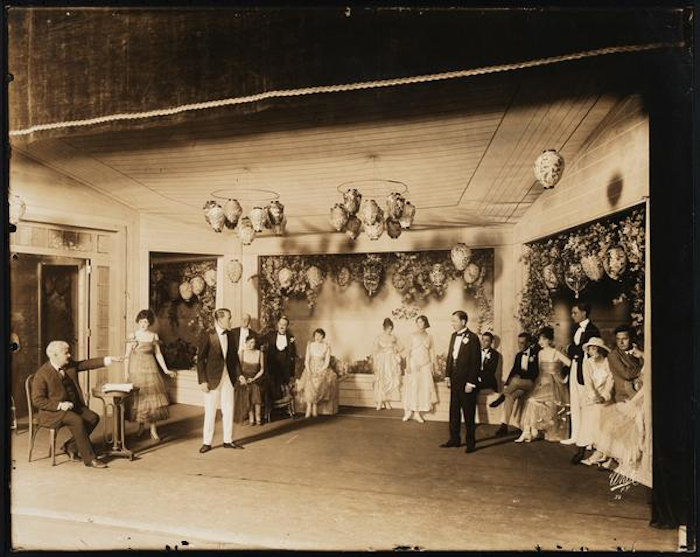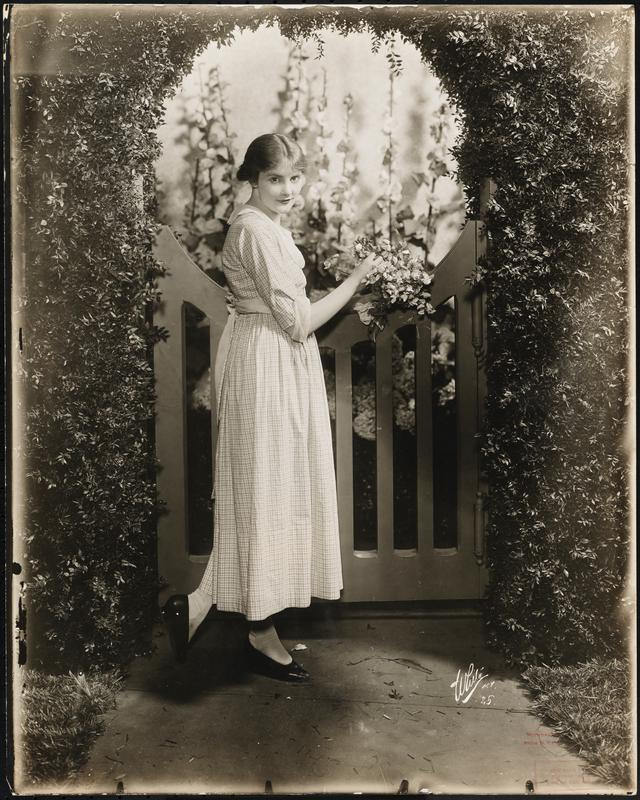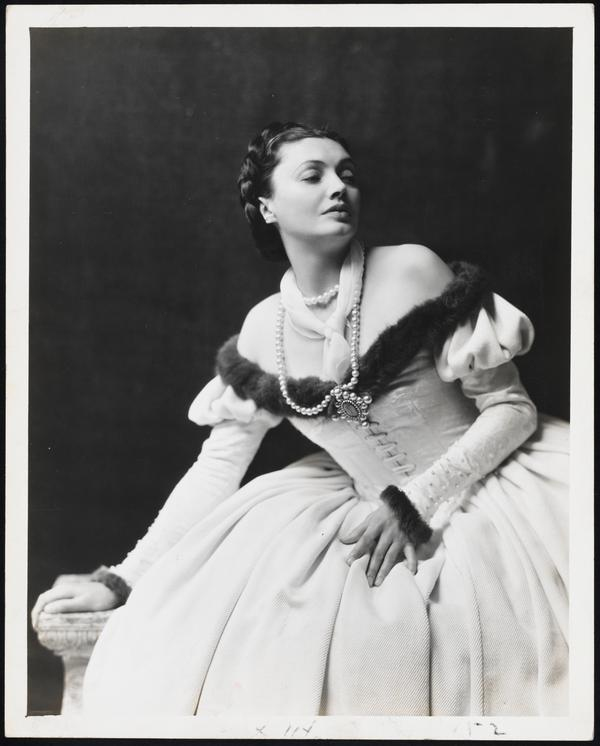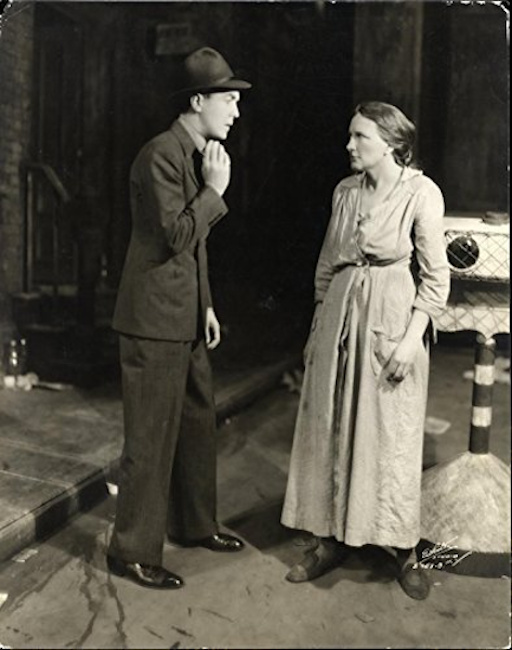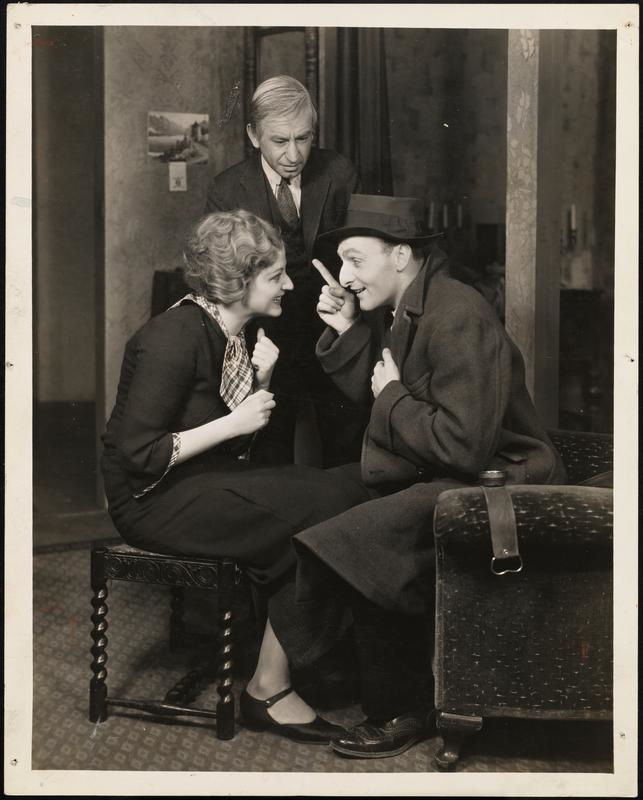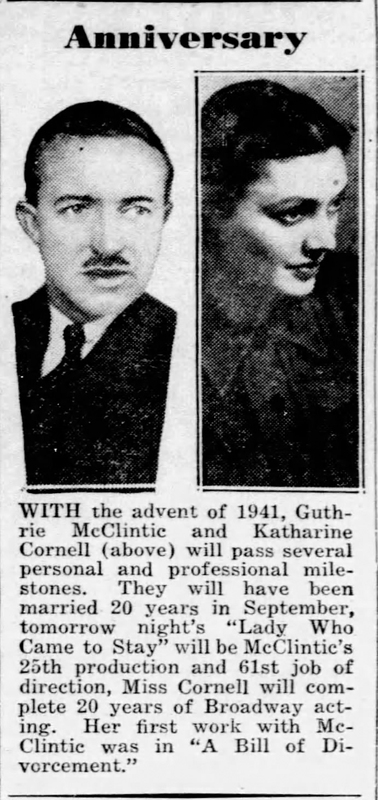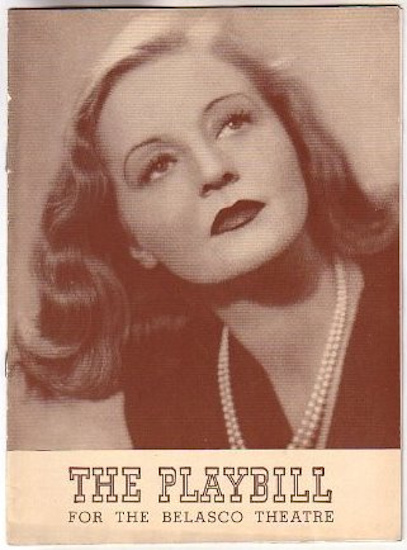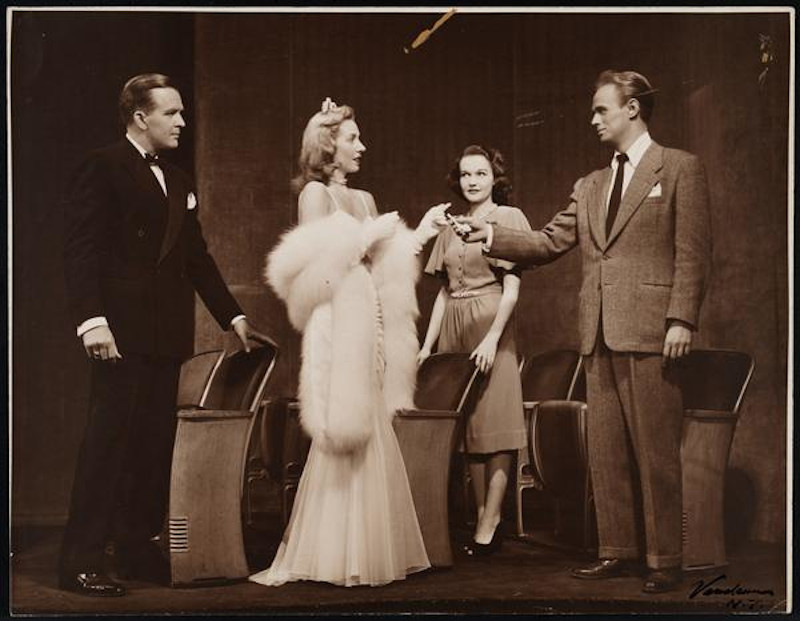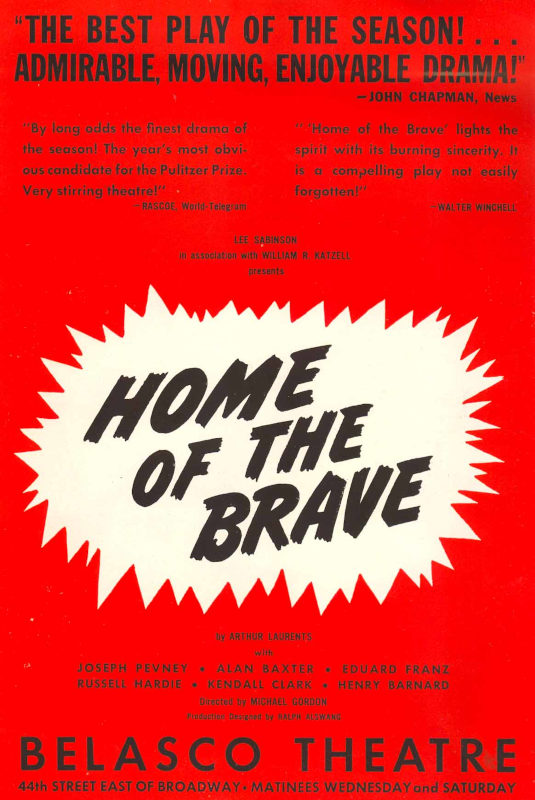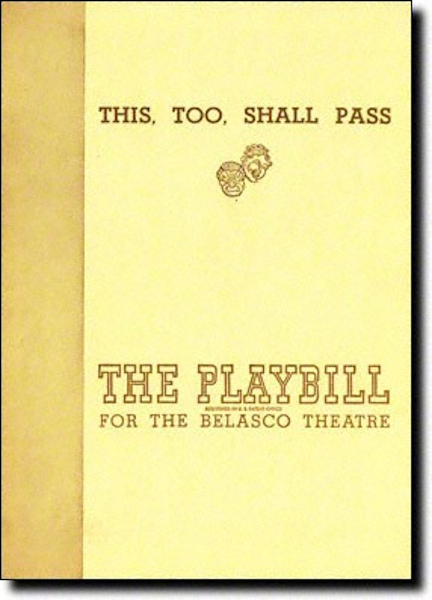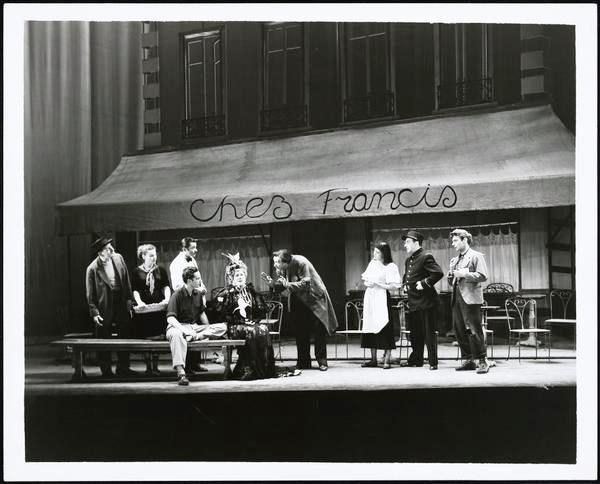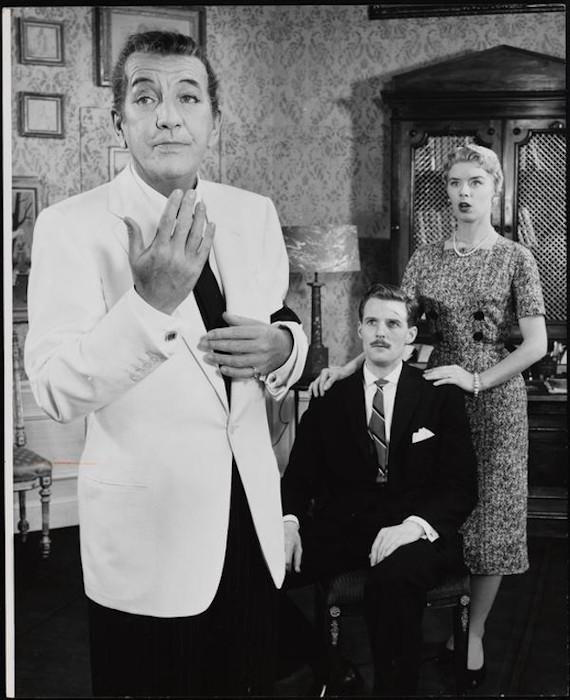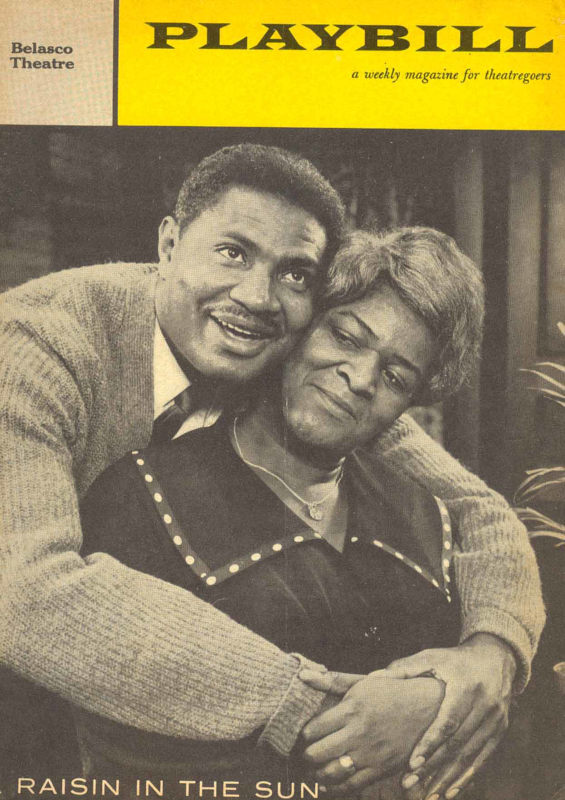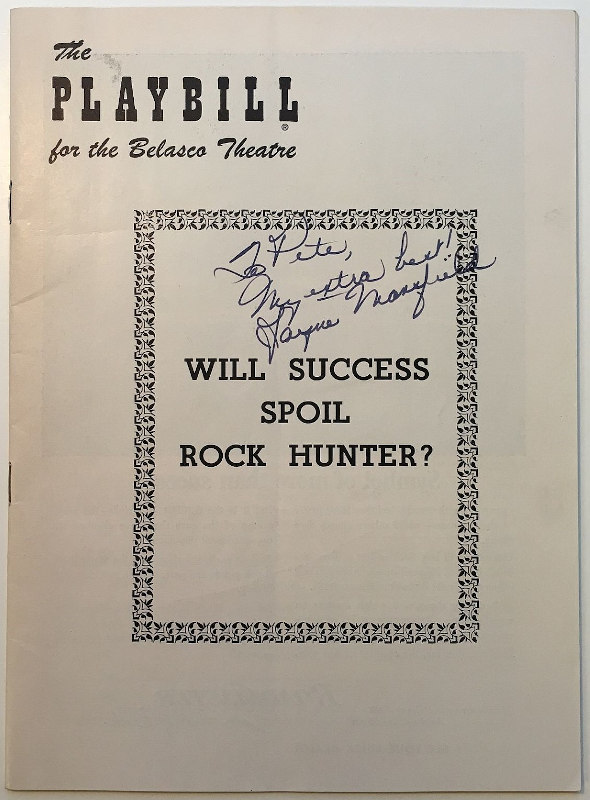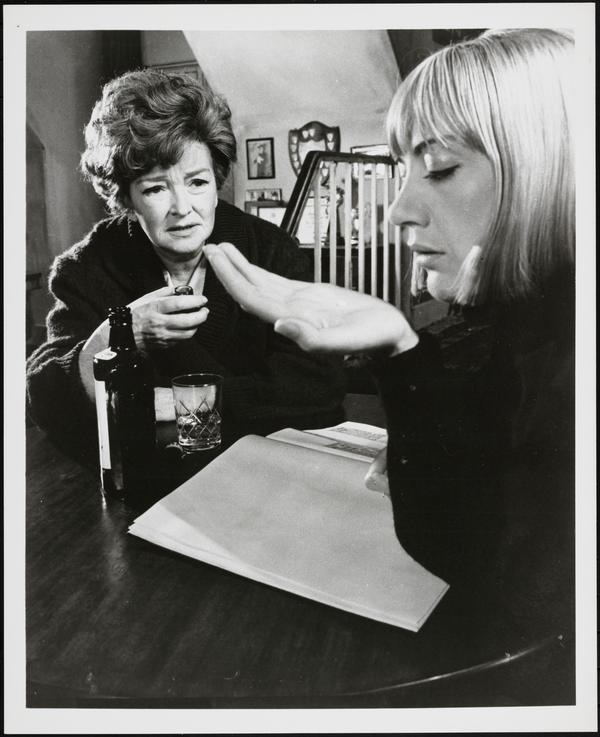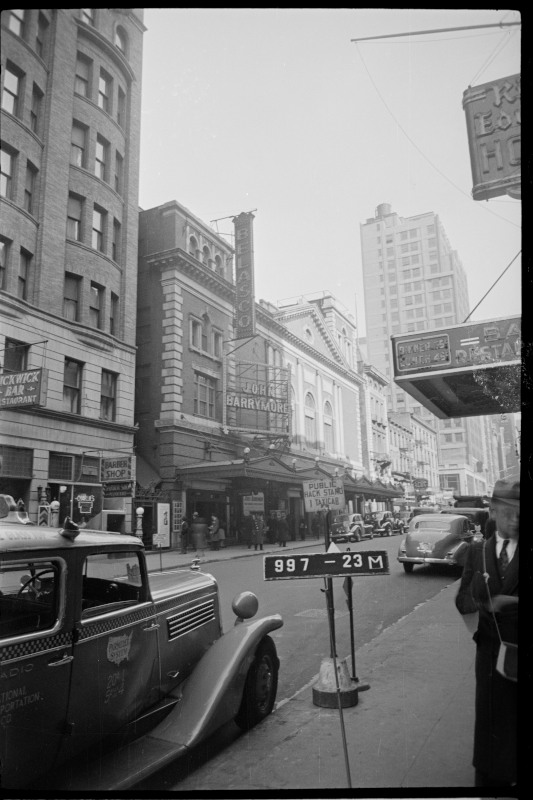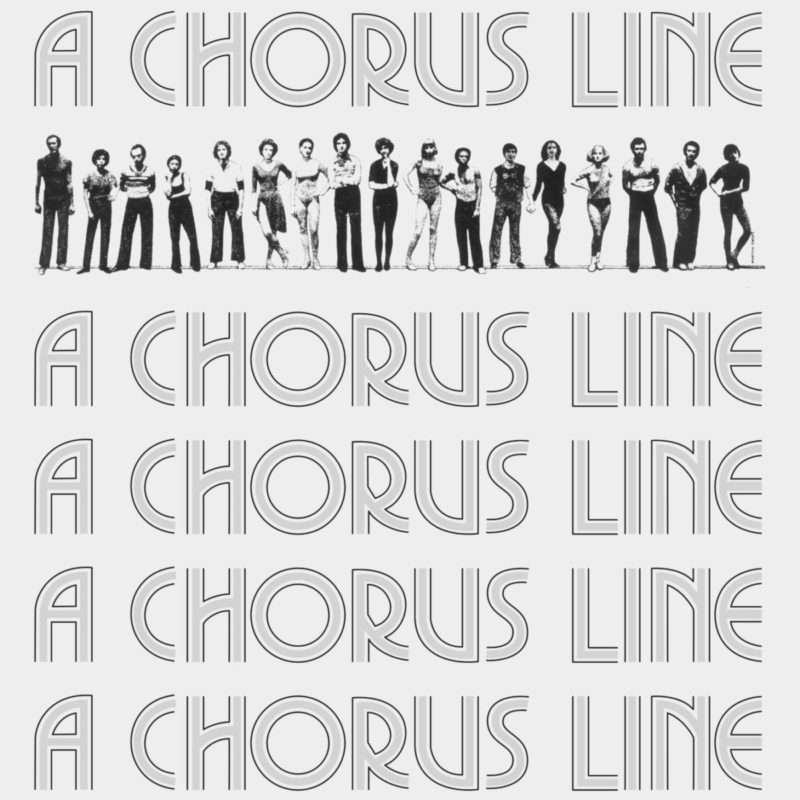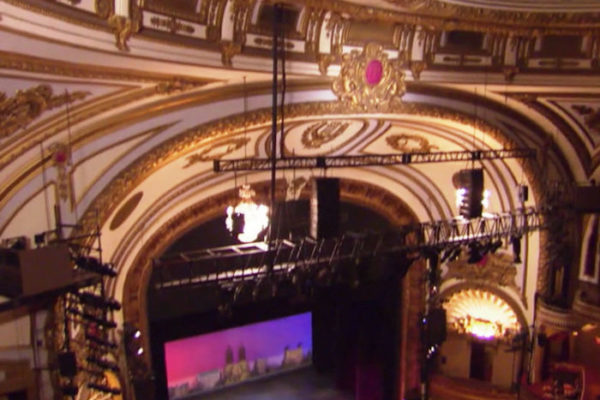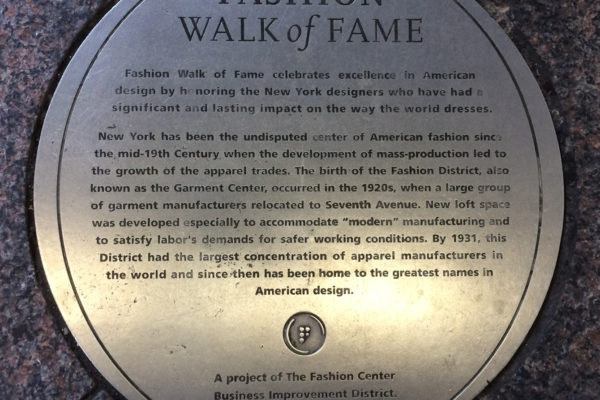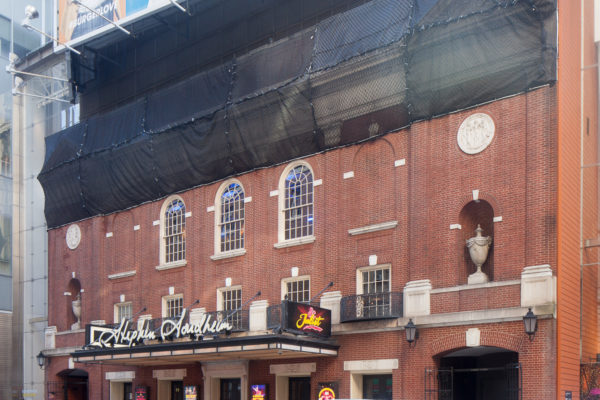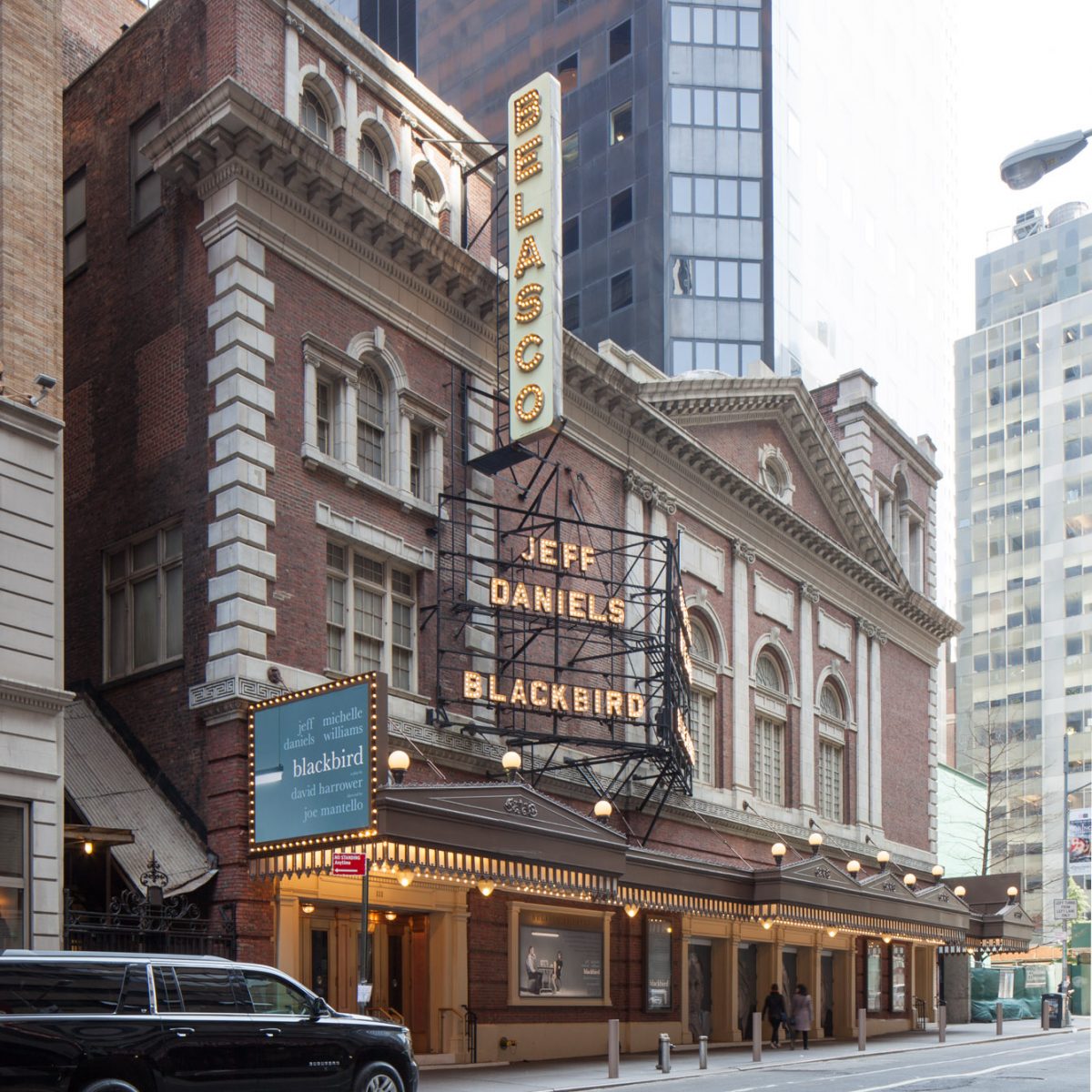
Belasco Theater (originally Stuyvesant Theater)
after opening as the Stuyvesant Theater in 1907, this site was renamed the Belasco Theater in 1910
overview
Opened in 1907 as the Stuyvesant Theater and renamed the Belasco Theater in 1910, this venue has staged multiple productions involving major LGBT performers and creators, including Katharine Cornell, Guthrie McClintic, Alexander Woolcott, Tallulah Bankhead, Adrian, Arthur Laurents, Oliver Smith, and Lorraine Hansberry, among others.
In 1945, the Belasco Theater’s lesbian drama Trio was the last Broadway show impacted by the Wales Padlock Law, which was passed in 1927 and forbade the depiction of “sex perversion” onstage, including gay or lesbian characters.
On the Map
VIEW The Full MapHistory
The Stuyvesant Theater, built for theater impresario David Belasco, opened in 1907 and was renamed the Belasco Theater in 1910. After Belasco’s death in 1931, the theater was leased to Katharine Cornell Productions, Inc. “First Lady of the Theater” Katharine Cornell and her husband, director-producer Guthrie McClintic, had one of the most famous Broadway “lavender marriages” (a marriage in which one or both partners are gay) of their time. McClintic staged six productions here.
Early plays here with LGBT associations included:
- The Case of Becky (1912), with actor Eugene O’Brien
- Seven Chances (1916) by Roi Cooper Megrue
- Daddies (1918), with actor Jeanne Eagels
- The Son-Daughter (1919-20), with actor Edmund Lowe
- Tiger Cats (1924), with actor Katharine Cornell
- Young Woodley (1925-26) by John Van Druten
- Lulu Belle (1926), with actor Edna Thomas
- Tonight or Never (1930-31), with Edmund Lowe
- Brief Moment (1931-32), staged by Guthrie McClintic, and with actor Alexander Woollcott
- Distant Drums (1932), staged by Guthrie McClintic
- The Truth About Blayds (revival, 1932), staged by Guthrie McClintic
- Criminal at Large (1932-33), staged by Guthrie McClintic, and with actor Emlyn Williams
- Lucrece (1932-33), translated by Thornton Wilder, staged by Guthrie McClintic, and with actor Katharine Cornell
- Alien Corn (1933), staged by Guthrie McClintic, and with actor Katharine Cornell
- Awake and Sing! (1935), produced by the Group Theater, and with actor Sanford Meisner
- Waiting for Lefty (1935, opened at the Longacre Theater), produced by the Group Theater, and with actor Sanford Meisner
- Dead End (1935-37), a big hit, with actor Marjorie Main
- Rocket to the Moon (1938-39), produced by the Group Theater, and with actor Sanford Meisner
- Clash by Night (1941-42), with actor Tallulah Bankhead
In 1927, the New York Legislature had passed the Wales Padlock Law, which made it illegal “depicting or dealing with, the subject of sex degeneracy, or sex perversion,” and offending theaters could be closed. (Similarly, Hollywood movies were subjected to the infamous Motion Picture Production (Hays) Code of 1930.) This was the result of early 20th-century censors, excited about “controversial” subjects being explored in New York’s theaters, but focused mainly on sexuality – in particular, homosexuality and interracial relationships. Although the New York law was not often enforced, and was protested by the theater community, it had a huge and censorious effect on the Broadway stage.
Despite the law, which remained on the books until 1967, lesbian and gay characters did manage to make it to Broadway, often in the works of lesbian and gay playwrights. The last Broadway show impacted by the Wales law was Dorothy and Howard Baker’s lesbian drama Trio (1944-45) at the Belasco Theater, which was shut down by the LaGuardia administration two months after opening, but engendered a protest over censorship from theater folks, the American Civil Liberties Union (ACLU), the press, and politicians.
Later shows at the Belasco by LGBT creators and with LGBT performers included:
- Mrs. January and Mr. X (1944) by Zoe Akins, with costume design by Adrian
- In Bed We Cry (1944), staged by John C. Wilson, and with costume design by Adrian
- Kiss Them for Me (1945), with actor Judy Holliday
- Home of the Brave (1945-46) by Arthur Laurents
- This, Too, Shall Pass (1946), by and staged by Don Appell
- The Madwoman of Chaillot (1948-49), with scenic and costume design by Christian Berard
- Will Success Spoil Rock Hunter? (1955-56), a hit, with scenic design by Oliver Smith
- A Clearing in the Woods (1957) by Arthur Laurents, with scenic design by Oliver Smith
- Nude with Violin (1957-58), written and directed by Noel Coward (who also performed in it), and with production design by Oliver Smith
- A Raisin in the Sun (1959-60, opened at the Ethel Barrymore Theater), a hit by Lorraine Hansberry and the first work on Broadway (for an extended run) by an African American woman (New York Drama Critics’ Circle Award)
- Write Me a Murder (1961-62), with actor Denholm Elliott
- A Very Rich Woman (1965), with scenic design by Oliver Smith
- The Killing of Sister George (1966-67), with lesbian main characters
- Your Arms Too Short to Box with God (revival, 1980, opened at the Ambassador Theater), with music and lyrics by Alex Bradford
- Ain’t Misbehavin’ (1981-82, opened at the Longacre Theater), an enormous hit, with scenic design by John Lee Beatty and lighting design by Pat Collins
- Ring Round the Moon (1999), with music by Francis Poulenc, and scenic design by John Lee Beatty
- James Joyce’s The Dead (2000), with actor Stephen Spinella
Entry by Jay Shockley, project director (June 2019, with multiple additions).
NOTE: Names above in bold indicate LGBT people.
Building Information
- Architect or Builder: George Keister
- Year Built: 1906-07
Sources
“The 1st List of: Gay/Lesbian/Bi Industry People, Both in Front and Behind the Camera,” www.imdb.com, May 31, 2013.
Adam Hetrick, “The Work of Broadway’s Gay and Lesbian Artistic Community Goes on Display Nov. 14 When the Leslie/Lohman Gay Art Foundation Gallery Presents ‘StageStruck: The Magic of Theatre Design’,” Playbill, November 14, 2007.
Belasco Theater Designation Report (New York: Landmarks Preservation Commission, 1987).
Internet Broadway Database.
Kaier Curtin, “We Can Always Call Them Bulgarians”: the Emergence of Lesbians and Gay Men on the American Stage (Boston: Alyson Publications, 1987).
Do you have more information about this site?
This project is enriched by your participation! Do you have your own images of this site? Or a story to share? Would you like to suggest a different historic site?
